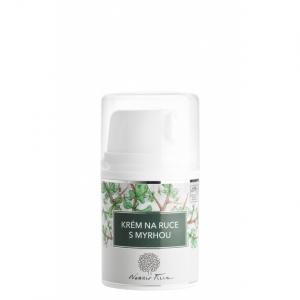Sesbania grandiflora (Sesbania grandiflora)
Other names: agathi, scarlet wistaria tree, agathi, hummingbird tree
Harm score: 1 (Natural substances)
Sesbania magenta, less known in English under other names such as agati, scarlet wistaria tree, agathi, or hummingbird tree, is a beautiful plant native to tropical Asia. It is distinguished by its large and striking red flowers, which appear on long stems and look like hanging curtains. The large-flowered Sesbania can reach heights of up to 10 metres and its narrow, leafy branches are often pierced by a profusion of clear buds. This plant is particularly valued in Indian cuisine and in traditional medical practices, especially Ayurvedic medicine.
The importance of Sesbania major in the production of various products is based on the multiple utilitarian properties of these plants. The young leaves, flowers, buds and seeds are often used in culinary applications for salads, sauces and soups. The plant has an exceptional nutritional profile and is a rich source of protein, minerals and vitamins. Due to its gallic acid and catechin content, sesbania has antioxidant properties. For this reason, it is also often used in traditional medicine, especially to treat inflammation, fevers, dysentery and liver disease. It is also used to make preparations for treating wounds and removing parasites. In addition to its general health benefits, sesbania is also known for its cosmetic benefits. Flower extract is often added to skin creams and masks for its ability to improve skin texture and elasticity. Despite its many potential benefits, however, it is important to know that the large-flowered sesbania can cause harm to health when used unchecked, primarily due to its potential effect on blood pressure and blood sugar levels.
You won't find this substance in our products. Try the natural, chemical-free products in our range.

Lemon limescale gel (750 ml) - with lemon essential oil
Product detail
EKO Oase Orange blossom - replacement cartridge (90ml)
Product detail
Conditioner Colour & Care 200 ml
Product detail
Hand cream with myrrh 50 ml
Product detail